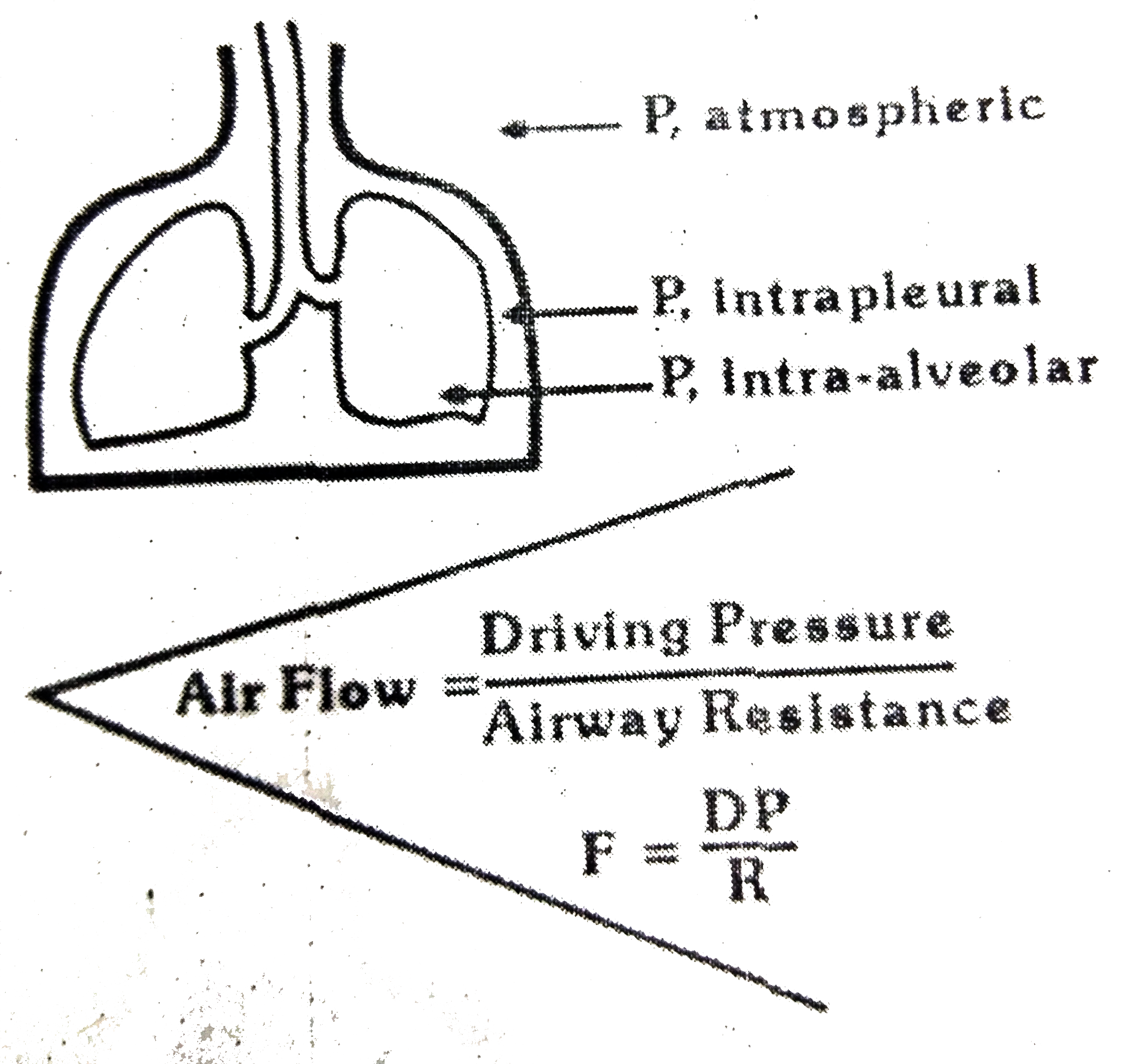During inspiration in mammals the sternum moves
forward and upward
backward and upward
forward and downward
backward and downward
The correct Answer is:A
Step-by-Step Solution:
1. Understanding Inspiration:
- Inspiration is the process of taking air into the lungs. It involves the contraction of certain muscles, primarily the diaphragm and the external intercostal muscles.
2. Role of the Diaphragm:
- The diaphragm is a dome-shaped muscle located at the base of the thoracic cavity. When it contracts, it moves downward, increasing the volume of the thoracic cavity.
3. Role of External Intercostal Muscles:
- The external intercostal muscles are located between the ribs. When these muscles contract, they pull the ribs upward and outward. This movement also causes the sternum (the breastbone) to move.
4. Movement of the Sternum:
- During inspiration, the combined action of the diaphragm and the external intercostal muscles causes the sternum to move forward and upward. This movement increases the volume of the thoracic cavity.
5. Pressure Changes:
- According to Boyle's Law, an increase in volume leads to a decrease in pressure. As the volume of the thoracic cavity increases, the pressure inside the lungs decreases, allowing air to flow in from the atmosphere where the pressure is higher.
6. Conclusion:
- Therefore, during inspiration in mammals, the sternum moves forward and upward.
Final Answer:
- The correct option is: Forward and Upward.
---
- Inspiration is the process of taking air into the lungs. It involves the contraction of certain muscles, primarily the diaphragm and the external intercostal muscles.
- The diaphragm is a dome-shaped muscle located at the base of the thoracic cavity. When it contracts, it moves downward, increasing the volume of the thoracic cavity.
- The external intercostal muscles are located between the ribs. When these muscles contract, they pull the ribs upward and outward. This movement also causes the sternum (the breastbone) to move.
- During inspiration, the combined action of the diaphragm and the external intercostal muscles causes the sternum to move forward and upward. This movement increases the volume of the thoracic cavity.
- According to Boyle's Law, an increase in volume leads to a decrease in pressure. As the volume of the thoracic cavity increases, the pressure inside the lungs decreases, allowing air to flow in from the atmosphere where the pressure is higher.
- Therefore, during inspiration in mammals, the sternum moves forward and upward.
- The correct option is: Forward and Upward.
Topper's Solved these Questions
Similar Questions
Knowledge Check
During inspiration, the diaphragm
Areflexes to become dome-sharpedBcontracts and flattensCexpandsDshows on changeAsertiion : Inspirations occurs when there is a negative pressure in the lungs with respect to the atmospheric pressure.
Reason : During inspiration, a decrease in pulmonary volume increases the intre-pulmonary pressure than atmospheric pressure which forces the air from outside to moe into the lungs.AIf both assertion and reason are true and reason is the correct explanation of assertionBIf both assertion and reason are true and reason is not the correct explanation of assertionCIf assertion is true but reason is false.DIf both assertion and reason are false.
During inspiration the diaphragm
View SolutionWhich statements are correct ?
(A) During inspiration intra pulmonary pressure is less than the atmospheric pressure.
(B) During expiration diaphragm contract.
(C) Epiglottis is bony flap which prevent entry of food into the larynx.
(D) During forceful expiration abdominal muscles contract.
View Solution
During inspiration , intra-alveolar pressure (Palv)
View SolutionInspiration is achieved when
View SolutionAge of Mammals is
View SolutionIn man, during inspiration, the dome-shaped diaphragm becomes:
View Solution
